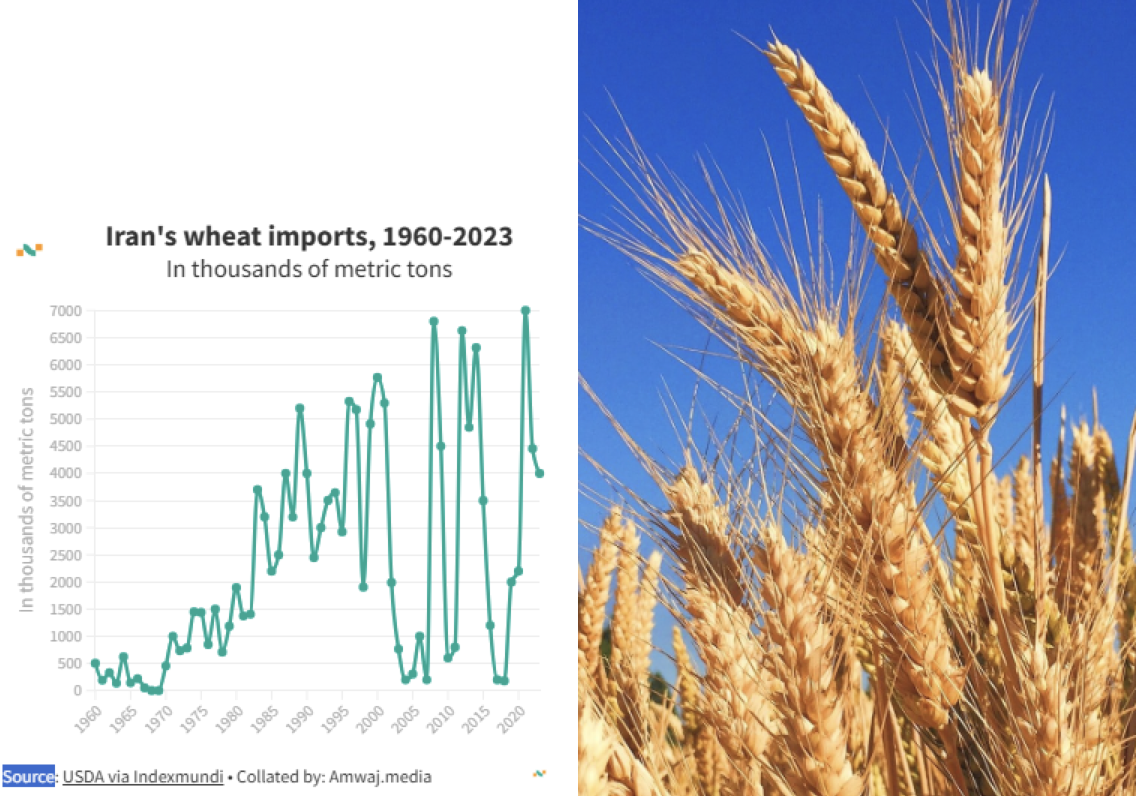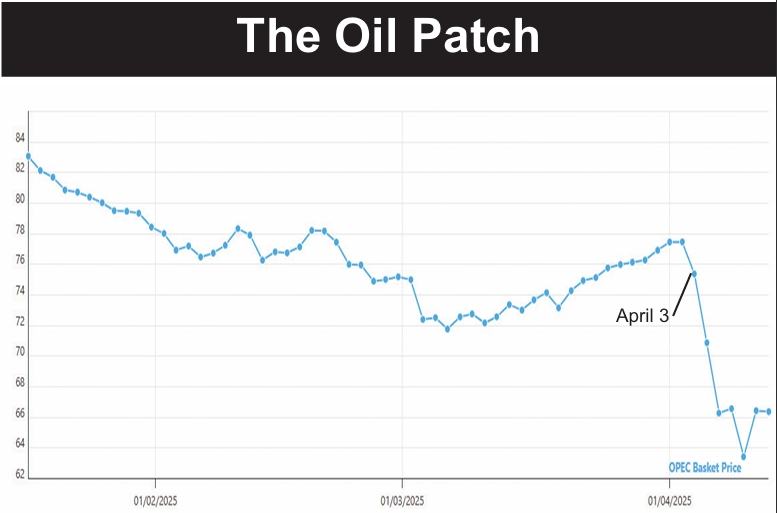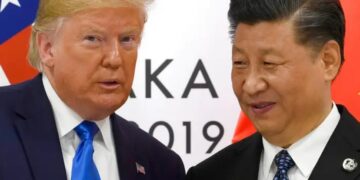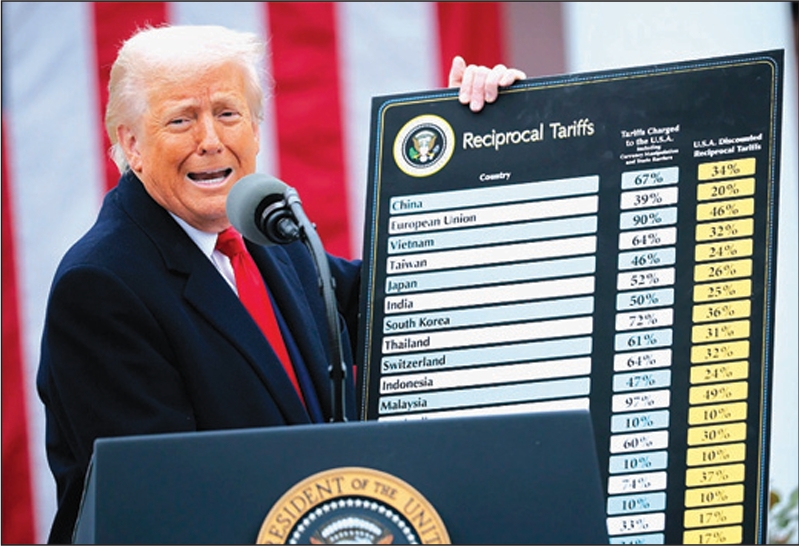Oil Minister Masud Mir-Kazemi has repeated the number several times in recent days, breaking it down into $150 billion required by the upstream sector—that is, to develop oilfields so that Iran’s production capacity does not fall but actually rises—plus $20 billion each in refining/distribution, petrochemicals and natural gas.
The figure for natural gas appears exceedingly low and may reflect the abandonment of plans to enter the liquefied natural gas (LNG) competition.
Mir-Kazemi did not say how much of the $210 billion Iran expects to generate domestically and how much it anticipates procuring abroad.
Iranian officials in recent months have been pounding their chests and speaking of the ability of Iran to generate all its capital needs internally, suggesting that they are finding serious problems tapping into foreign capital.
Just a few months ago, the regime boasted of selling billions of euros worth of bonds in just a few days. But EU sanctions have shut Iran out of European banks and it strains credulity to believe a few Iranian bank branches could market billions of euros worth of bonds in days.
The fact that officials began saying Iran didn’t need European capital markets days after claiming to have sold bonds in the European market also suggests the bond sale was a bust.




















